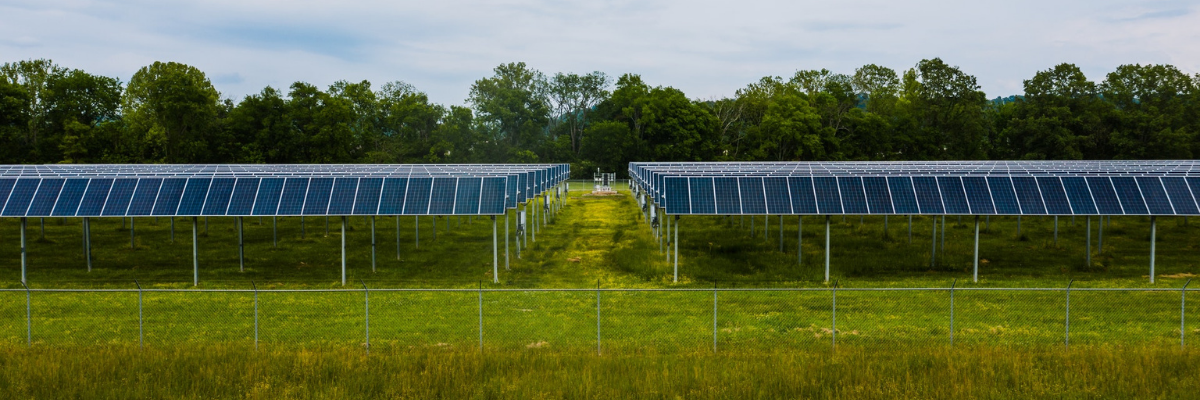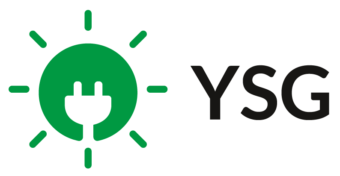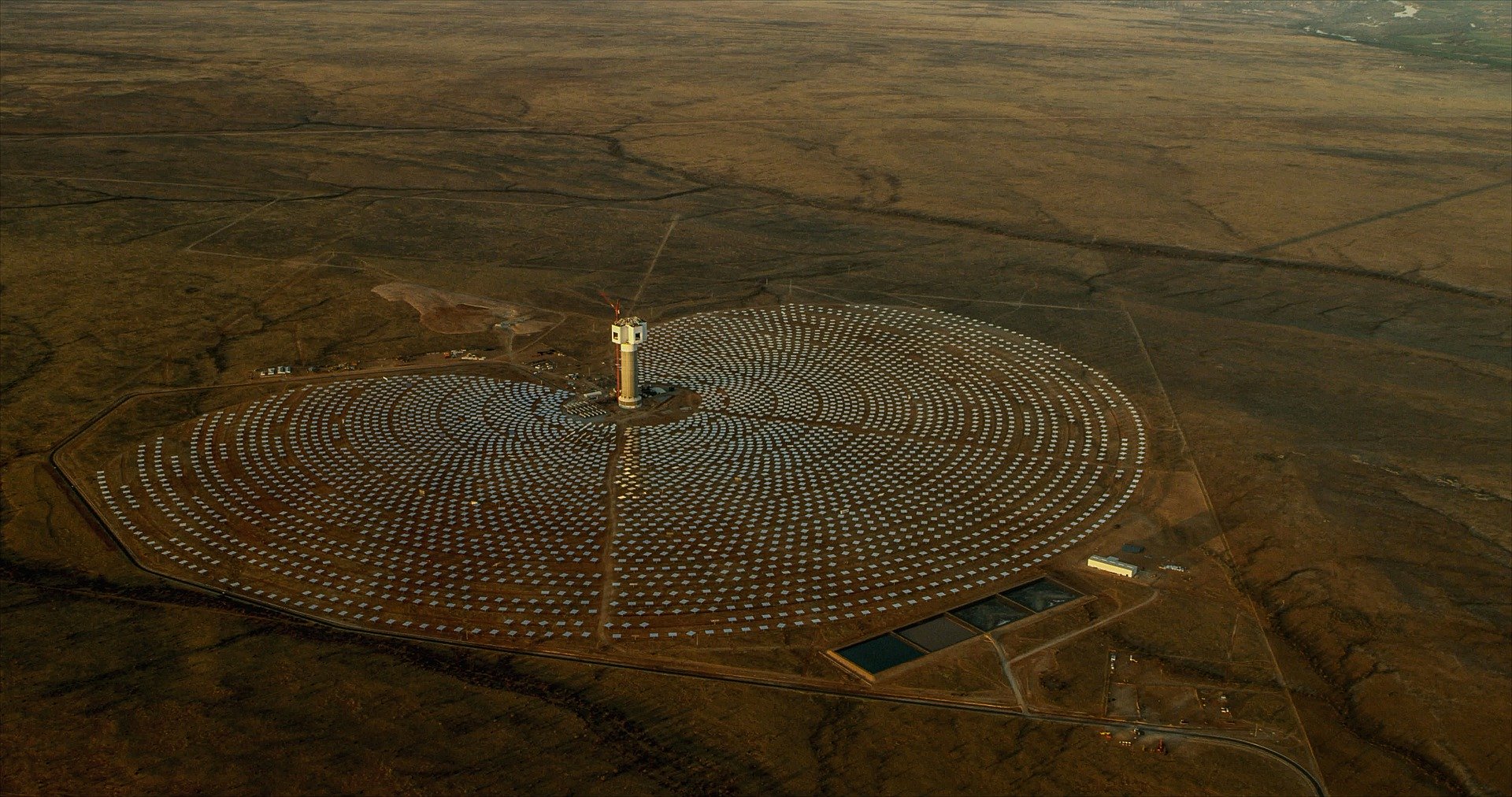Leasing your land for a solar farm is a great way to generate some extra revenue—with little or no effort on your part. A solar developer like YSG Solar will handle the solar land leasing process from beginning to end, to ensure that your solar farm is up-and-running in no time. What’s more, a solar farm offers a long-term revenue stream, so a solar land lease could guarantee an income stream for you & your family for decades to come.
However, the right piece of land is required in order for a solar farm to be successful, and for a solar land lease to be a viable option. You might be interested in the prospect of a solar farm, but first you should make sure that your land is suitable for a solar farm. The best way to do this is to speak directly to a solar developer like YSG Solar, in order to understand and outline the specific requirements of your project. If you want to do some research first, our list below should help to clarify whether or not your land is right for a solar farm. These are just some of the factors which determine land suitability for a solar farm, and the specifics will vary from project to project.
Size of Available Land
If you don’t have enough usable land for a solar project, then it’s very unlikely that the project will ever get off the ground. A general rule of thumb is that ten acres of flat, clear land, with minimal wetlands is the baseline requirement. However, some solar developers may even be willing to go as low as five acres in certain cases. Either way, the more usable land you have the better, as a bigger solar farm means bigger profit margins and more revenue coming your way. Generally, 1 kW of solar panels requires a land area of 100 sq ft.
Location of Land
The location of your land is a big factor in determining its value as a solar farm, and suitability for a solar land lease. Generally, parcels of land in close proximity to a big town or city are going to be more viable than those located in remote areas. Having a large town/city nearby means that the energy generated by the solar farm can be used locally, which makes things simpler for the prospective solar developer.
Quality of Land
Much like a traditional agricultural farm, the quality of the terrain will be a significant factor in determining the success of any potential solar farm. In order to attract solar developers, your land should be clear, stable, and flat, with little debris and no major obstructions. Things like trees, bushes, shrubs, and other small pieces of vegetation can be removed, although this will increase the overall project cost. Anything larger or more difficult to remove could be too big of a stumbling block for the project, forcing the solar developer to look elsewhere for more suitable land.
Local Regulations & Conservation Concerns
In some areas, local laws and regulatory processes may prohibit you from setting up a solar farm on your property, regardless of the quality and suitability of your land. Particularly in areas with fewer renewable energy projects, the regulations and laws in place regarding a solar farm may be prohibitive, or underdeveloped. It could stop your solar farm in its tracks if there are immediate issues with construction permits or land limits. Additionally, certain areas must be left undeveloped for environmental/conservation purposes, such as the presence of a protected species of plant/animal.
Nearby Infrastructure
As mentioned above, the proximity of your land to a big city/town may determine the suitability of your land for a solar farm. This is largely down to the presence of necessary infrastructure for the operations & maintenance of the project. Even simple economic factors like access to main roads are actually quite important, as road access keeps transport costs low, thus lowering the overall project cost.
Interconnection Availability
Proximity to a grid connection is absolutely vital for a solar farm. To be more specific, access to three-phase power, explained in our blog post here, is a necessity. The further away from a grid connection, the higher the cost for the solar developer, and the less likely the developer is to choose your land for their project. The ability to connect to the grid is a key factor and a good rule of thumb is to keep the project within one kilometre of existing distribution lines. In addition, the solar developer must ensure that the local power grid is capable of handling all the new energy that your solar farm is generating.
Flooding Potential of Land
Naturally, a flood risk assessment must be carried out prior to the construction of a solar farm, in order to ensure that the development is site is not under threat from flooding. Information regarding flood stage levels is available for the majority of rivers in New York, so even if you are located on a floodplain, this doesn’t entirely rule out the possibility. It merely necessitates a little more planning, as the installed solar equipment must be strong enough and elevated enough to withstand any potential flooding. Of course, these additional measures could mean additional costs.
To lease your land for a solar farm and make some extra money, contact YSG Solar today. We take care of the whole process from start to finish so you can start earning right away. To learn more about the process, send an email to info@ysgsolar.com, or call us at 212.389.9215.
By Shane Croghan
Sources:
https://www.solarmango.com/ask/2015/10/23/what-type-of-land-is-suitable-for-solar-farm/

